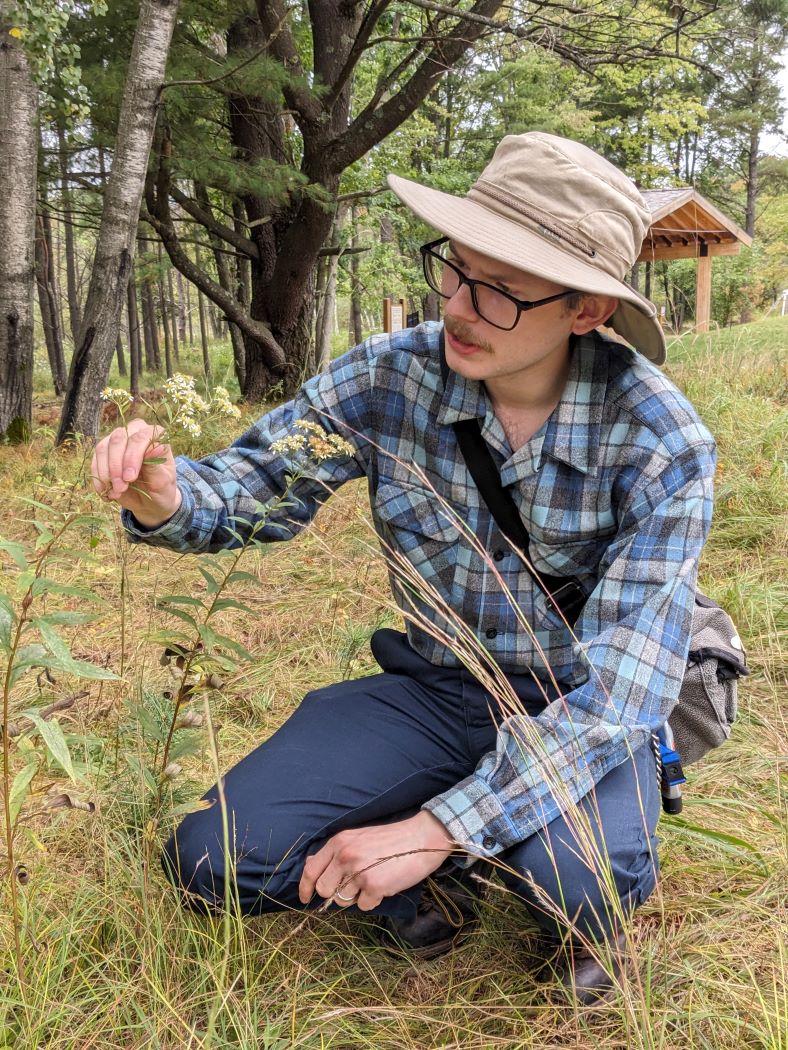by Barbara Dixson
As I’ve wandered through the Reserve, I’ve noticed that the plants are changing as the earth edges towards autumn, but that many things are still blooming. It’s beautiful there! Still, I see plants and wonder about them. So I asked for help, and Griffin Bray said “Sure.” Griffin is the graduate assistant at the Reserve this year. He modestly told me he hasn’t had courses in plant identification, but it turned out just as I expected: Griffin was on a common name / Latin name basis with every plant we met in the area near the visitor center and Zimmerman Prairie, and had insights and stories to add.
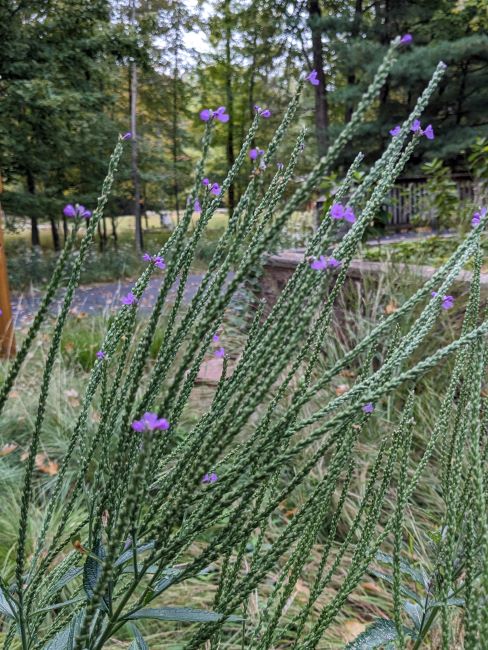
Blue vervain, tall and lovely, was used by the First Nations–leaves, roots, and seeds–for many ways of healing.
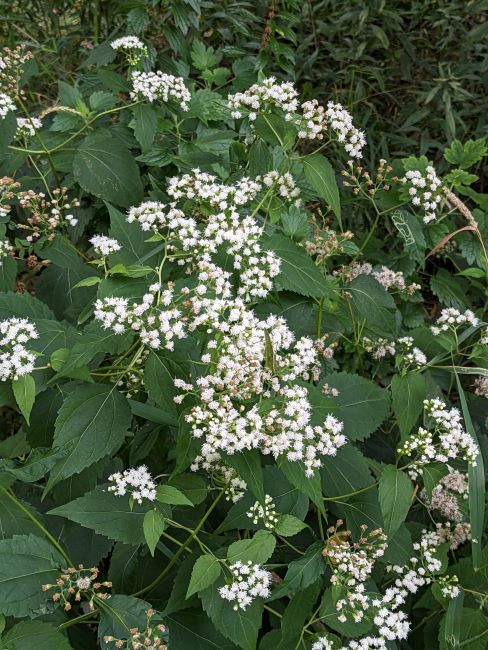
Did you ever wonder how Abraham Lincoln’s mother died? Okay, maybe not, but some sources say it was milk sickness. That happens when cows graze on snakeroot, one of the most poisonous plants in the east. It probably won’t hurt your dogs, though, as it tastes terrible.
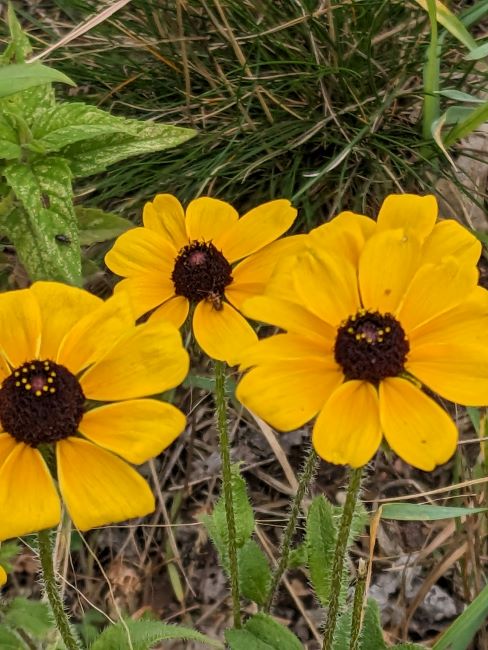
Black-eyed Susan: I’ve often confused them with a variety of sunflower, but sunflowers, Griffin explained, have fairly flat centers, while the centers of these beauties are rounded, like buttons.
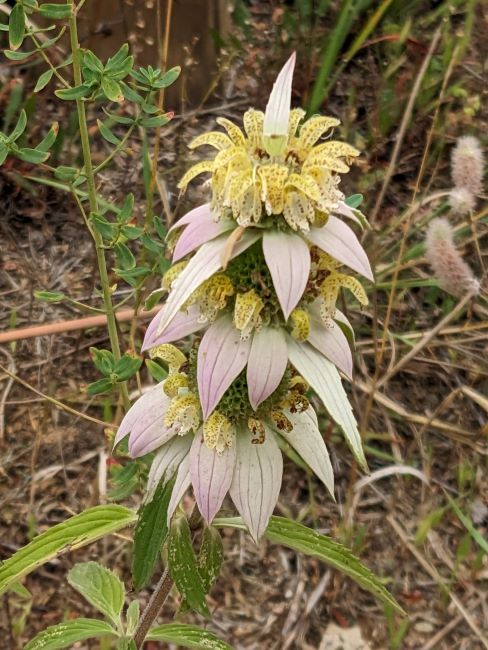
Horse mint as it is now–but earlier on, it was bright purple. When it’s brilliant in flower, the bees love it, and now, its seeds attract goldfinches and sparrows.
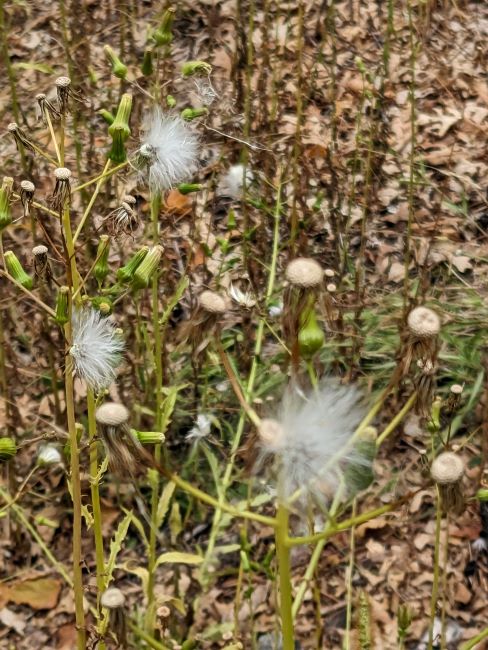
No one needs to seed burnweed on the blackened surface left by a burn. “It blows in like a dandelion” Griffin explained.
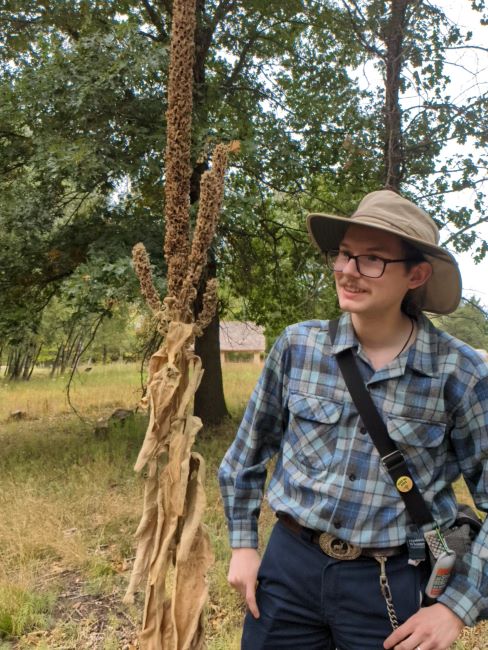
Griffin (who is tall!) demonstrates how large a regular old mullein can grow. This is the second year in its two-year life cycle. In year one, it’s a low, leafy green plant that reminds me of skunk cabbage.
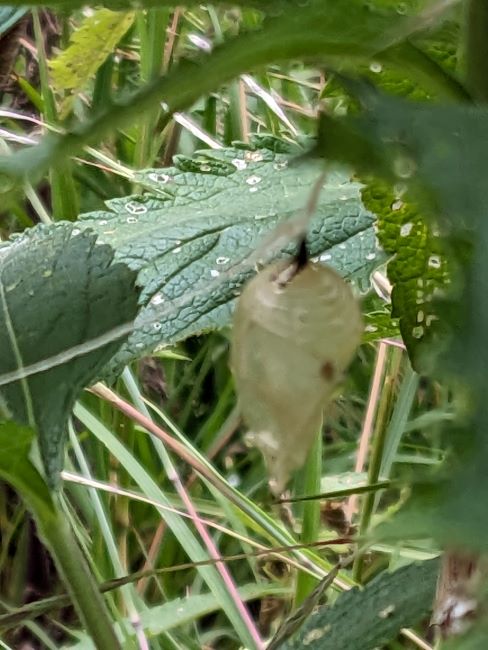
This monarch butterfly decided against a milkweed sanctuary, as the predators look there first. It left its empty chrysalis on the blue vervain.
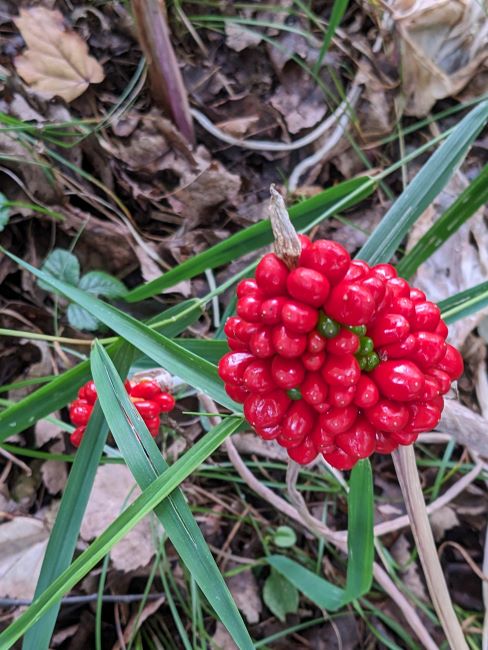
It’s too late for jack-in-the-pulpit flowers, but they’ve left these gorgeous berries behind.
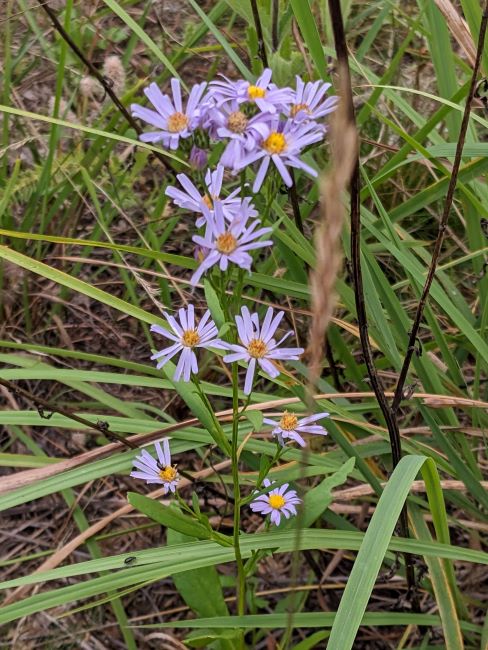
Sky blue aster likes prairie edges. Tree sparrows and juncos eat the seeds in winter, while the foliage feeds the rabbits and deer.
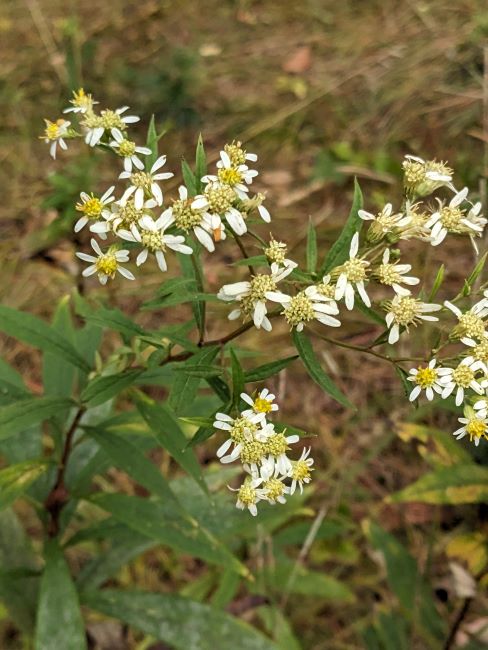
Flat topped aster got a new Latin name not long ago, Doellingeria umbellata. It’s abundant in the Reserve about now.
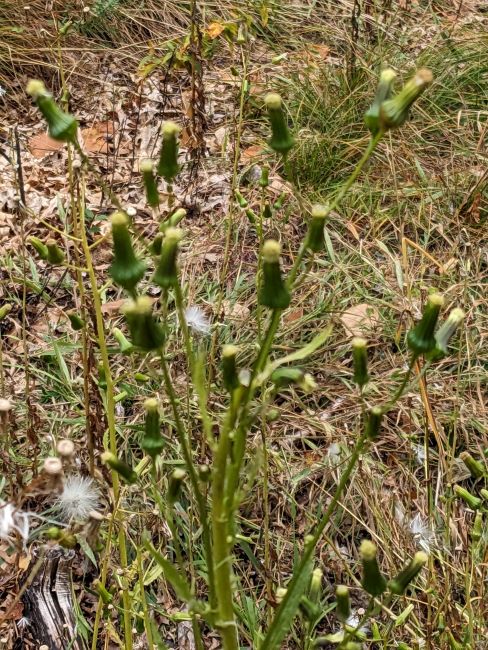
Burnweed is one of the first species back after a prairie burn. It drops off after a year or two, when other things get established.
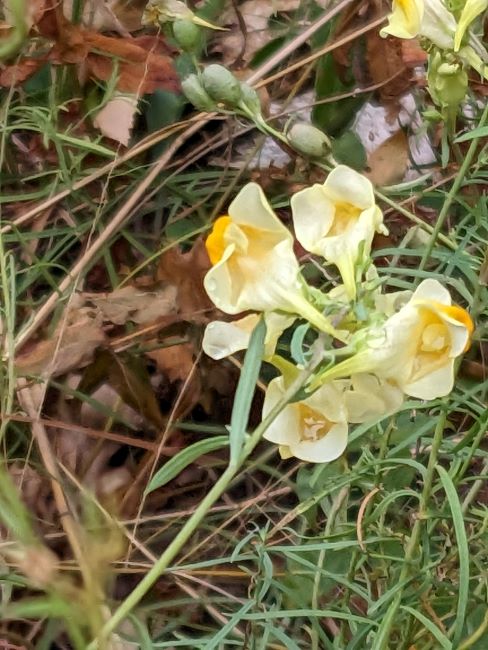
This familiar plant has so many names that Griffin addresses it by its Latin name, Linaria vulgaris. I first knew it as butter and eggs–was surprised to discover that toadflax was the same plant–and am pleased to find it’s also called wild snapdragon.
